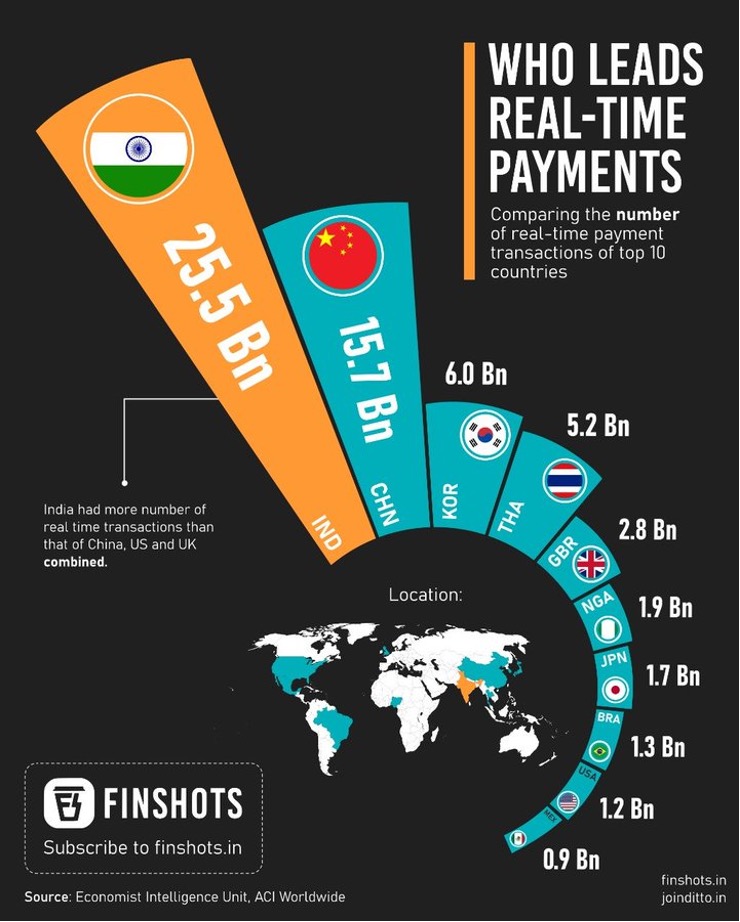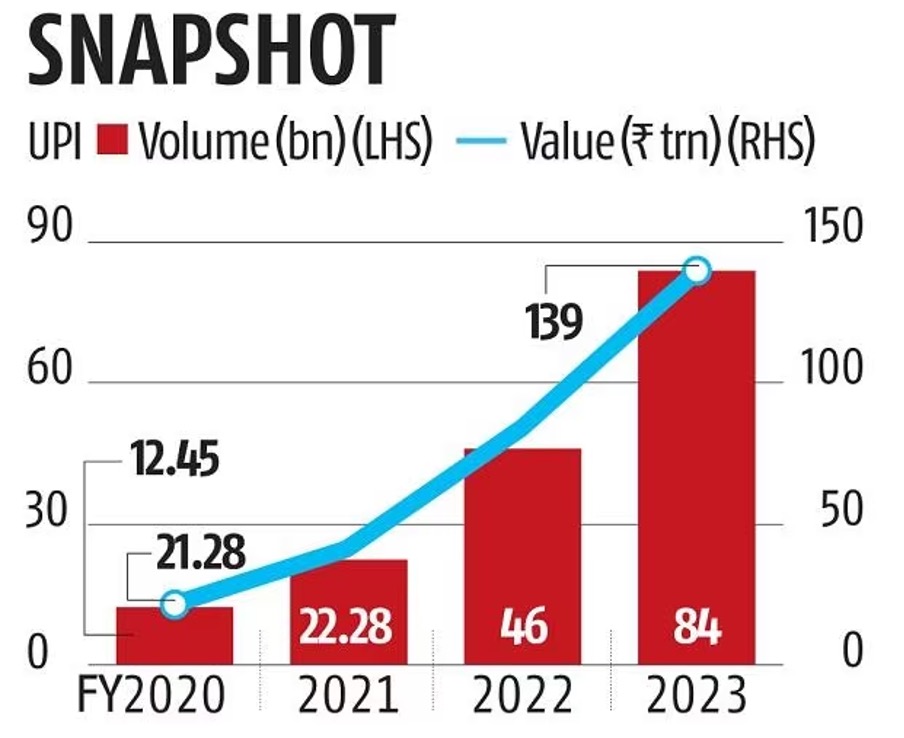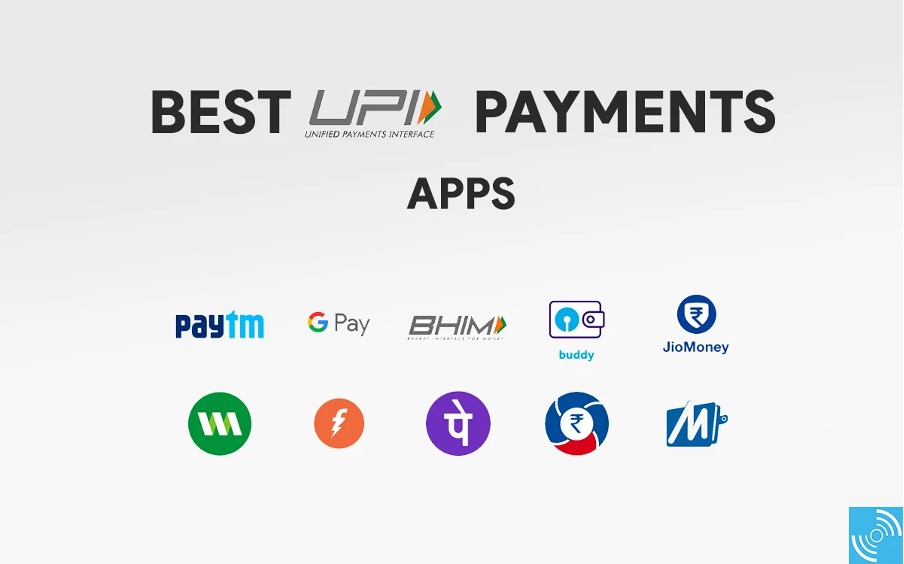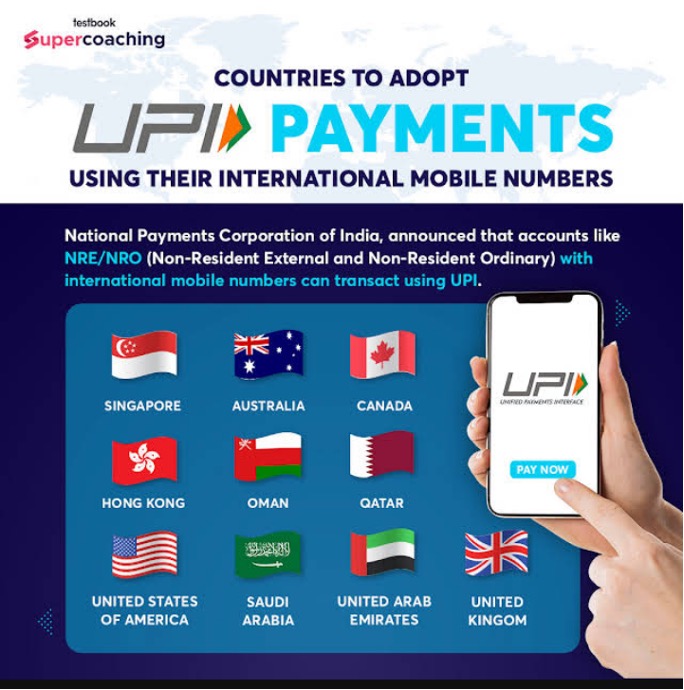In India, UPI has sparked a financial revolution. UPI has been adopted by a broad segment of society, from small independent retailers to major corporations. In addition to being a successful payment method, UPI has connected millions of people on an inclusive and efficient digital platform. By reducing your dependency on bank infrastructure, UPI payments change how you send and receive money. Bank transfers were a big deal before UPI made it possible to execute interbank transactions via mobile applications. It’s a common mobile payment option that enables quick, cost-free money transfers across bank accounts.

Value of UPI transactions - 2023 update
In March 2023, UPI transactions exceeded a record high of Rs 14 lakh crore. The transactions have increased by 60% in volume and are 45% more in terms of the value of the transactions when compared to March 2022.
In April 2023, UPI transactions hit INR 8.9 billion, with a total value of INR 14.07 trillion. This is a 59% surge in UPI transactions in April 2022 and a 49% increase in transaction value over the previous year.

International use of India’s UPI
India has been the world’s leading receiver of remittances since 2008. The UPI international remittance service enables you to quickly send and receive funds in India using UPI from abroad. Foreign visitors from G20 countries will soon be able to make merchant payments using the UPI payments system. In addition to that, non-resident Indians from certain countries worldwide would be able to carry out transactions on UPI systems without the need for an Indian phone number.
Indian digital payment systems such as UPI and RuPay are accessible in Singapore, the UAE, Oman, Saudi Arabia, Malaysia, France, the BENELUX markets (Belgium, the Netherlands, and Luxembourg), and Switzerland, among other nations. It is also said that India signed MoUs with thirteen nations that seek to employ the UPI system for digital payments.
These international partnerships have emerged as the NIPL (NPCI International Payments Limited) creates collaborations with various countries to build a massive acceptance network for UPI, allowing Indian travelers to make payments through this system in the nation they are visiting for travel.
NIPL, which was established in April 2020 is a wholly owned subsidiary of the National Payments Corporation of India (NPCI), with the ultimate objective of deploying RuPay and UPI outside of India.

Adoption of Indian UPI in global markets
Japanese Digital Minister Kona Taro was reportedly taken aback when he discovered everybody scanning QR codes to make payments online at a coffee shop in Delhi’s Khan Market. When the minister returned to Japan, he immediately held a high-level meeting to talk about the UPI issue, a top RBI official said.
NPCI aims to expand UPI International to other countries by 2023. These latest advancements coincide with a spike in worldwide curiosity about the government’s payment network. According to the Union Minister for Electronics and Information Technology Ashwini Vaishnaw, India is already in conversation with over 30 countries regarding UPI. A senior RBI source stated that around “35 to 40 countries” are considering the adoption of UPI, with India actively engaged with them on the matter.
Quick facts
Nepal was the first country outside of India to use UPI as a payment mechanism.
Bhutan became the first country to use India’s UPI standards for its QR code. It is also, after Singapore, the second country to have BHIM-UPI acceptance at merchant sites.
The Reserve Bank of India signed a contract with the Monetary Authority of Singapore in July 2022 to facilitate UPI and PayNow interoperability.
Malaysia’s Merchantrade Asia, partnered with NIPL to allow remittances to India via UPI in 2021.
To facilitate UPI-based payments in the Gulf nations, NPCI collaborated with Mashreq Bank’s NEOPAY. The UAE has a sizable Indian expat population, and having UPI as one of the payment options will make it much easier for Indians to make payments in the country.
NIPL has entered into an agreement with European payment services provider Worldline in order to extend the acceptability of Indian payment channels throughout Europe. It will target BENELUX – Belgium, the Netherlands, and Luxembourg – as well as Switzerland. It anticipates expanding more rapidly with the launch of Worldline QR in other European nations too.

The most compelling selling point for UPI internationally is that it has the potential to both speed up as well as lower the cost of cross-border payments to and from India, the world’s largest remittances market. It is legitimate to state that India’s UPI real-time payments mechanism has proved to be a game changer for the subcontinent. The future of money is undoubtedly digital and the widespread adoption of UPI in India has brought the country to the forefront of the digital payment ecosystem.
Written by – Saba Godiwala
Edited by – Rajan Patel
